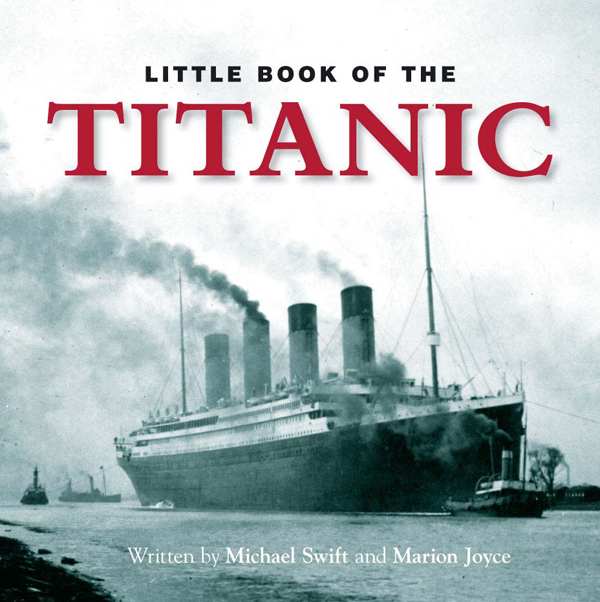Displaying items by tag: Titanic
'Titanic Port’ Book Launched
A new book celebrating 400 years of the development of Belfast Harbour was launched on Monday in the offices of Belfast Harbour Commissioners. 'Titanic Port' was written by award-winning journalist and author Alf McCreary, and was commissioned by the port authority. For a full account of the book launch please click here (which includes a link to a podcast by the author).
The book tells the story of those who built the harbour and the foundations for Belfast's emergence as a major urban and commercial centre. The book traces the harbour records, dating back to 1613 when King James I authorised the construction of a small wharf on the river Lagan.
At over 400 pages long, 'Titanic Port' also contains over 700 illustrations, many previously unseen photographs and paintings from the harbour's archives, including panoramic port and city views.
A central theme of the book is the intimate relationship between Belfast and its harbour and how the Belfast Harbour Commissioners were instrumental in bringing shipbuilding to the city. In particular, how they helped ensure that Titanic and her sister ships, Olympic and Britannic were built at Queen's Island. In addition the Commissioners investment of the Thompson Dock, where the trio of iconic liners were fitted out, was the largest of its kind in the world.
The cost of the dock was almost the same price as the Titanic and was specifically built to help Harland & Wolff secure the contract from the ships' owners, the White Star Line.
'Titanic Port' also follows the development of the Jacobean and Georgian port which was barely navigable due to Belfast Lough's treacherous mud-banks and sandbanks. Without the creation of a navigable channel over the centuries by successive harbour authorities, it is arguable that Carrickfergus might have become Ulster's main seaport.
Also examined is the vital role the harbour during both World Wars I and II and how the Harbour Estate escaped the worst of the 'Troubles' and its recent re-emergence as a major economic driver for Northern Ireland's economy. The social history of Belfast is also explored and how it influenced the port, in particular, Sailortown.
'Titanic Port' is currently on sale priced £25 (stg) and available online at http://www.titanicport.comThe book was produced by Dr. Claude Costecalde of Booklink and designed by Wendy Dunbar.
For information in general about Belfast Harbour Commissioners logon to www.belfast-harbour.co.uk/
The Little Book of Titanic tells the history of RMS Titanic
The largest passenger steamship in the world. After setting off on her maiden voyage from Southampton on April 10 1912, she struck an iceberg and sank just four days into the trip, on April 14 1912. The catastrophe resulted in the deaths of 1,517 people in one of the deadliest peacetime maritime disasters in history.
The world’s most famous passenger liner, Titanic was owned by the White Star Line and constructed at the Harland and Wolff shipyard in Belfast, Northern Ireland. She set sail for New York with 2,223 people on board; the high casualty rate when the ship sank was due partly to the fact that, although complying with the regulations of the time, the ship carried lifeboats for only 1,178 people. A disproportionate number of men died due to the ‘women and children first’ protocol that was followed by the crew.
Titanic was designed by some of the most experienced engineers in the world and used some of the most advanced technologies available at the time. It was a great shock to many that, despite the extensive safety features, her maiden voyage ended in tragedy.
This special 100th anniversary book not only charts her fateful journey but also describes the media frenzy about her famous victims; the legends surrounding the sinking; the resulting changes to maritime law; and the discovery of the wreck that have contributed to the long-held fascination in the ocean liner


























































